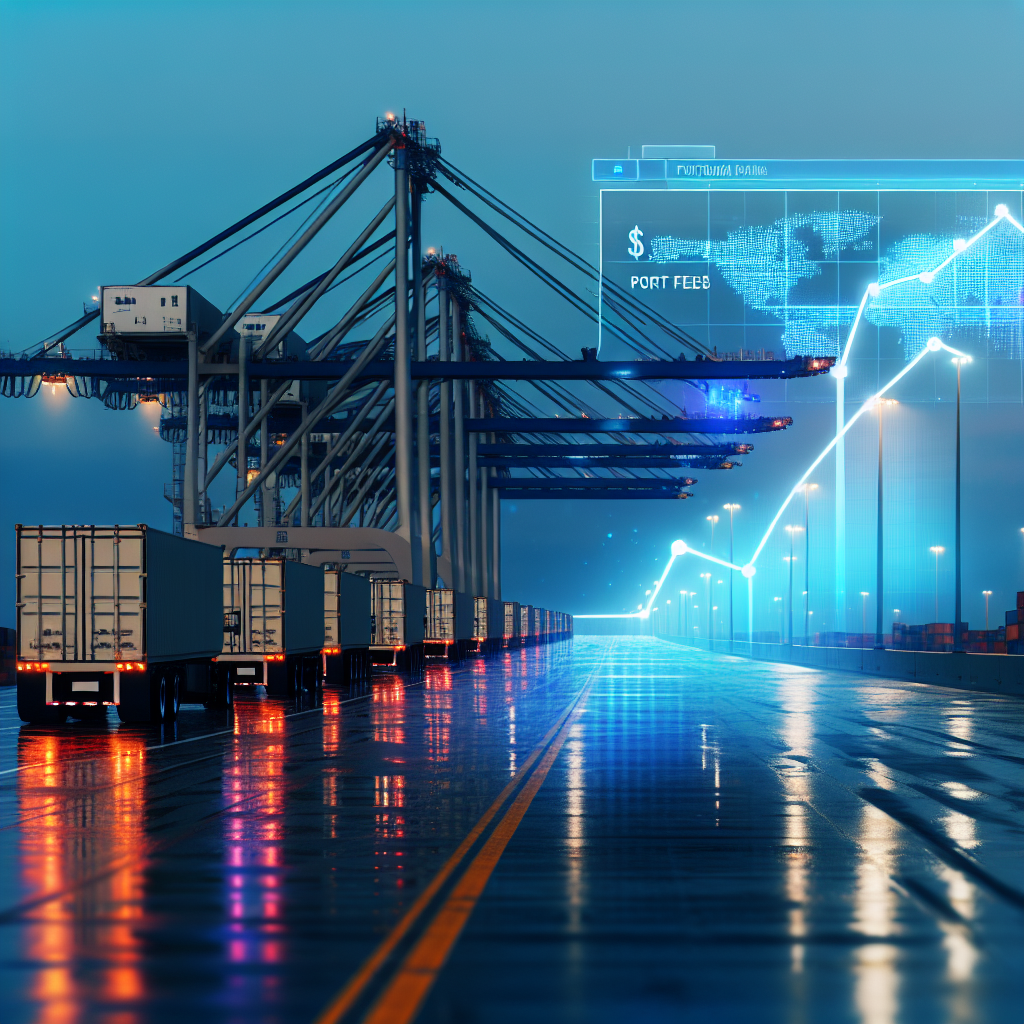China has moved to sanction five U.S.-linked subsidiaries of South Korean shipbuilder Hanwha Ocean — a step announced just as Washington and Beijing’s reciprocal port fees took effect — widening a maritime trade confrontation that could spill onto America’s roads through higher landed costs and shifting import flows.
The Chinese commerce ministry’s order bans organizations and individuals in China from transacting or cooperating with the targeted Hanwha affiliates, which Beijing accuses of aiding U.S. “investigative activities” tied to shipbuilding. The named entities are Hanwha Shipping LLC, Hanwha Philly Shipyard Inc., Hanwha Ocean USA International LLC, Hanwha Shipping Holdings LLC and HS USA Holdings Corp.
Hanwha has become a central player in America’s shipbuilding revival. The company bought Philadelphia-based Philly Shipyard in late 2024 and in August outlined a multibillion‑dollar plan to expand docks and quays, alongside U.S. Navy repair work — moves that connect directly to Jones Act trades and domestic logistics networks serving the Northeast. Hanwha said it is evaluating the potential impact of China’s announcement.
Analysts in Seoul say the sanctions look more like a warning shot than a body blow, noting the targeted U.S. subsidiaries have limited exposure in China and that Beijing is unlikely to escalate against South Korea’s broader shipbuilding ecosystem given its reliance on Korean inputs. Markets were reminded, however, that third‑country firms aiding U.S. shipbuilding could come under pressure.
South Korea’s presidential office said it has opened talks with China to limit fallout from the move and to safeguard cooperation on U.S.-focused shipbuilding initiatives now in the pipeline.
The sanctions landed the same week a new round of port fees went live on both sides of the Pacific. The United States began assessing a $50-per-net-ton charge on Chinese-built or Chinese‑flagged ships calling at U.S. ports, while China countered with a 400‑yuan (about $56) per net ton levy — and went further by applying the fee to vessels 25% or more owned or operated by U.S. persons, to U.S.-flag vessels, and to ships built in the United States. That broader net could raise voyage costs beyond strictly U.S.- or China‑flag trades.
Why it matters for trucking: when ocean carriers absorb new fees or compliance risk, they typically push costs downstream. Importers may see line‑item “port recovery” or emergency surcharges, which in turn lift all‑in landed costs and the base used for fuel and accessorial calculations. Expect some shippers — particularly those moving retail, electronics and auto parts — to revisit routing and inventory strategies, which can alter drayage demand by port, change rail ramps used for inland moves, and shift truckload volumes between coastal gateways and interior DCs.
Philadelphia’s shipyard story also bears watching. If Hanwha’s U.S. growth plans remain on track, added drydock and repair capacity could support Jones Act tonnage and coastal energy logistics — a positive downstream for specialized trucking tied to shipyard turnarounds and marine project cargo. If geopolitical pressure slows capital deployments, those knock‑on benefits to regional freight markets could be delayed.
Big picture: China’s move signals it is willing to squeeze third‑country partners that enable U.S. shipbuilding policy, even if the immediate commercial impact looks limited. With Seoul and Beijing now in talks and both sides’ port fees in force, the near‑term risk for U.S. shippers and carriers is volatility — in ocean surcharges, booking behavior and arrival patterns — that can ripple into drayage availability, chassis turns and warehouse staffing through the rest of October.
Sources: FreightWaves, Reuters, The Washington Post (AP), Korea JoongAng Daily, Maritime Professional
This article was prepared exclusively for TruckStopInsider.com. Republishing is permitted only with proper credit and a link back to the original source.





